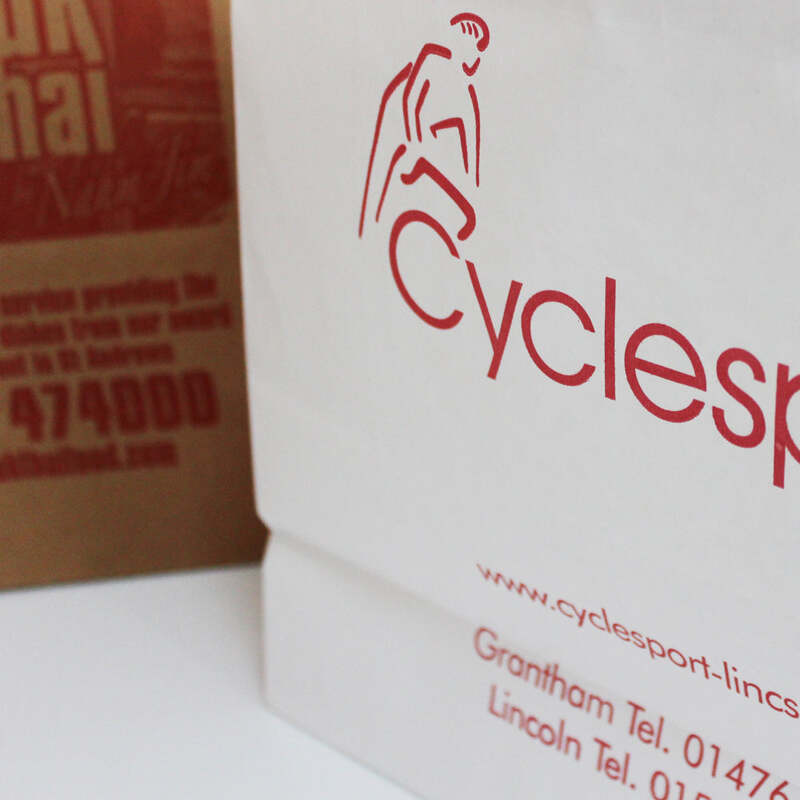Understanding Business Card Prices A Comprehensive Guide
In today's competitive business landscape, a well-designed business card serves as a crucial marketing tool. It is often the first point of contact between a prospective client and your brand. However, business card prices can vary significantly based on several factors. This article aims to explore the components that influence business card pricing and provide insights for businesses looking to invest in this essential marketing asset.
Factors Influencing Business Card Prices
1. Material Quality The material used for printing business cards is a major determinant of cost. Standard cards are typically printed on 300gsm cardstock, which is both durable and cost-effective. However, options such as recycled paper, plastic, metal, and even wood can elevate the price. Premium materials not only enhance the card's aesthetic appeal but also communicate quality and professionalism, which can justify a higher price point.
2. Printing Techniques The technology used to print business cards also affects pricing. Offset printing is a traditional method suitable for large runs, making it cost-effective per unit. Digital printing, while suitable for smaller batches, often incurs higher costs due to the setup and machinery involved in the process. Additionally, special printing techniques such as foil stamping, embossing, and spot UV can significantly increase the overall cost due to their complexity and the specialized equipment required.
3. Card Thickness and Size The thickness of the card, often measured in points (pt), also impacts pricing. Thicker cards convey a sense of quality and professionalism but are typically more expensive. Standard sizes are generally cheaper, while custom sizes may lead to higher production costs. Businesses should weigh the benefits of customizing their card dimensions against the increased expense.
4. Design Complexity A well-thought-out design is essential for any business card, but complex designs can add to the overall cost. If a business opts for a unique, intricate design or hires a professional graphic designer, the fees associated with this can inflate the total price. Additionally, costs may rise if multiple color options are used or if specific design elements require special attention during the printing process.
business card prices

5. Quantity Ordered The quantity of business cards produced plays a significant role in pricing. Typically, ordering in bulk reduces the cost per card due to economies of scale. For instance, ordering 500 cards could be substantially cheaper per unit compared to ordering just 100. Businesses should carefully assess their needs and consider the potential cost savings associated with larger orders.
6. Turnaround Time The urgency of receiving the cards can also affect the price. Standard printing services may take longer, while expedited services often come with additional fees. Companies that require cards for an imminent networking event need to factor in these potential costs when planning their order.
7. Professional Services vs. DIY Businesses can save on costs by designing and printing their own business cards using online templates. However, this approach may compromise quality and professionalism. Conversely, enlisting the services of a professional printing company can guarantee a superior product but may require a larger budget. Evaluating the trade-offs between DIY options and professional services is essential for businesses seeking to balance cost and quality.
Average Cost Breakdown
- Basic Cards Depending on the factors mentioned above, basic business cards can range from $20 for 100 cards to $100 for 500 cards. - Premium Cards For high-quality materials and special finishes, prices can range from $50 for 100 cards to over $250 for 500. - Custom Designs If hiring a designer, expect an additional fee of $50 to $300, depending on the designer’s experience and the complexity of the design.
Conclusion
Investing in business cards can be a valuable decision for your brand's visibility and professionalism. While business card prices vary greatly based on materials, printing techniques, and design choices, understanding these factors can help businesses make informed decisions. Ultimately, a well-designed card made from quality materials can leave a lasting impression and open doors to new opportunities, making it a worthwhile investment in the grand scheme of marketing efforts. As with any aspect of business expenditures, careful planning and consideration of all elements will lead to the best outcome.



